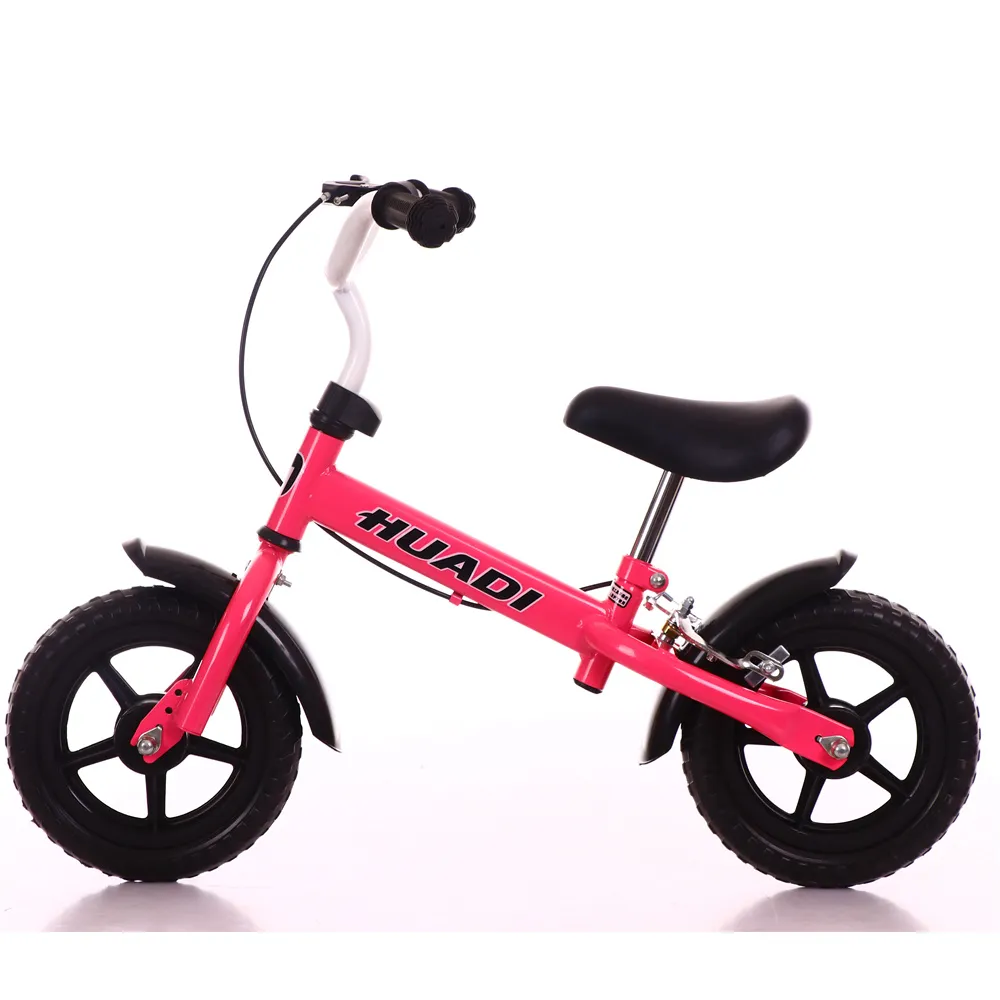mountain bike differences
Understanding Mountain Bike Differences A Guide for Enthusiasts
Mountain biking is more than just a sport; it's a lifestyle that connects riders with the great outdoors and challenges them to push their limits. With so many different types of mountain bikes available, it's essential to understand their differences to select the right one for your needs. This guide will explore the main types of mountain bikes, their unique features, and how they cater to various riding styles and terrains.
1. Cross-Country Bikes
Cross-country (XC) bikes are designed for speed and efficiency on varied terrain. They typically feature a lightweight frame, narrow tires, and a geometry that facilitates climbing and fast-paced riding. XC bikes often come with either a hardtail or a full-suspension setup. Hardtail bikes have a suspension fork in the front but no rear suspension, making them lighter and more efficient on climbs. Full-suspension bikes, on the other hand, offer improved traction and comfort on descents, making them versatile for riders who tackle both uphill and downhill trails.
Cross-country biking is ideal for those who enjoy long rides on mixed terrain and prioritize speed and agility over technical downhill capabilities. These bikes usually have gears that range from about 1 to 12, allowing cyclists to navigate various inclines efficiently.
2. Trail Bikes
Trail bikes are the middle ground between XC and all-mountain bikes. They feature a more robust design, slightly heavier frames, and moderate suspension travel, accommodating a versatile riding style. With 120mm to 150mm of suspension travel, trail bikes excel on a variety of terrains—from climbs to descents.
These bikes offer a balanced geometry that allows for both climbing and descending, making them perfect for riders seeking to explore diverse trails. They might have wider tires for better traction on rough paths, and they often come equipped with features that improve stability and control on descents.
If your riding style leans towards aggressive descents and technical terrains, all-mountain bikes might be the right choice for you. These bikes are designed for more extreme conditions and can handle steep trails, rocky paths, and technical obstacles. With suspension travel typically ranging from 150mm to 170mm, all-mountain bikes provide excellent shock absorption and stability, allowing riders to tackle downhill sections with confidence.
mountain bike differences

The geometry of all-mountain bikes is designed for optimal control during technical descents, incorporating a slacker head angle and a more relaxed riding position. These features make them heavier than XC or trail bikes, but they offer a robust performance that heavy-duty riders require.
4. Enduro Bikes
Enduro bikes are similar to all-mountain bikes but are specifically optimized for racing on downhill courses that include timed descents and untimed climbs. With the same suspension travel as all-mountain bikes, enduro bikes are built to endure repeated rough terrain while maintaining a lightweight design to facilitate climbing.
Riders who compete in enduro races seek machines that can endure the rigors of downhill racing while still being manageable for uphill sections. The geometry and components prioritize a balance between speed, durability, and handling, ensuring that enduro bikes can conquer the most technical descents with ease.
5. Downhill Bikes
Downhill bikes are purpose-built for steep, rugged descents. Unlike other types of mountain bikes, downhill bikes are heavy and equipped with long suspension travel (up to 200mm) to absorb the harsh impacts of challenging trails. They are designed solely for downhill performance, which means they have a geometry that favors stability and power over speed and efficiency in climbing.
These bikes usually lack the climbing gears found on other mountain bikes, as their primary use is for descending. Downhill riders often transport their bikes to the top of the mountain via lifts or trucks, as climbing on these bikes is not practical.
Conclusion
Choosing the right mountain bike comes down to understanding your riding style and the terrain you'll be tackling. Whether you're into cross-country racing, trail riding, aggressive descents, or downhill racing, there's a mountain bike designed to meet your specific needs. By recognizing the differences among these bike types, you can select the perfect ride that enhances your mountain biking experience and helps you enjoy every twist and turn of the trail. Embrace the ride, and happy trails!
-
The Perfect Baby TricycleNewsAug.11,2025
-
Ride into Fun with Bikes for KidsNewsAug.11,2025
-
Ride into Adventure with the Perfect Kids Balance BikeNewsAug.11,2025
-
Fun and Safe Riding with the Best Childrens ScootersNewsAug.11,2025
-
Find the Perfect Childrens Bike for Your Little OneNewsAug.11,2025
-
Explore the Best Baby Tricycles for Your Little OneNewsAug.11,2025
-
Three-Wheel Light-Up Scooter Benefits for KidsNewsJul.11,2025








